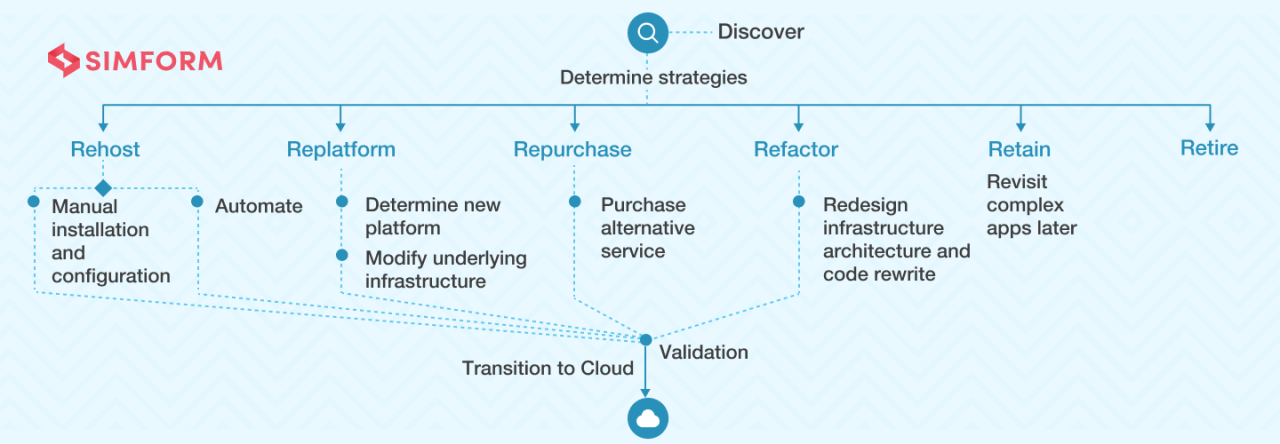
Cloud Migration Strategies: Best Practices for a Seamless Transition
In today’s digital landscape, businesses are increasingly migrating their operations to the cloud to gain scalability, cost-effectiveness, and innovation advantages. However, cloud migration can be a complex process that requires careful planning and execution. To ensure a seamless transition, organizations should adopt best practices that guide them through the migration journey.
1. Planning and Assessment:
- Define Objectives: Establish clear goals for the migration, including business drivers, expected benefits, and timelines.
- Assess Environment: Conduct a thorough assessment of the current IT infrastructure, including applications, data, and dependencies.
- Identify Migration Strategy: Determine the appropriate migration strategy based on the size, complexity, and business requirements. Consider the "lift and shift," "re-platform," or "re-factor" approaches.
2. Data Management:
- Data Migration Plan: Develop a comprehensive plan for data migration, covering data extraction, transformation, and loading.
- Data Security: Ensure data security during the migration process by implementing appropriate encryption and access controls.
- Data Backup and Recovery: Establish robust data backup and recovery mechanisms to prevent data loss during or after the migration.
3. Application Migration:
- Modernization: Consider modernizing applications during the migration to improve performance, efficiency, and security.
- Re-architecting: Re-architect applications if necessary to align with cloud-native best practices and optimize for scalability.
- Testing and Validation: Conduct thorough testing and validation of migrated applications to ensure functionality and performance.
4. Infrastructure Provisioning:
- Cloud Provider Selection: Evaluate and select a cloud provider that meets the organization’s requirements for performance, reliability, and cost.
- Infrastructure Design: Design and provision cloud infrastructure that aligns with the application requirements and workload demands.
- Network Optimization: Optimize network connectivity between on-premises and cloud environments for seamless data transfer and performance.
5. Governance and Security:
- Compliance and Regulations: Ensure compliance with industry regulations and data protection laws during and after the migration.
- Cloud Governance: Establish clear governance policies for cloud usage, including resource management, cost control, and security.
- Security Best Practices: Implement industry-leading security best practices, such as identity and access management, firewall protection, and intrusion detection systems.
6. Training and Support:
- User Training: Educate stakeholders on the benefits and implications of the cloud migration to ensure adoption and successful usage.
- IT Support: Provide training and technical support to IT staff to effectively manage cloud environments and address any issues.
- Ongoing Maintenance: Establish processes for ongoing cloud management, monitoring, and maintenance to ensure optimal performance and security.
Benefits of Adopting Best Practices:
- Reduced downtime during migration
- Improved data security and compliance
- Optimized application performance and scalability
- Enhanced cost control and resource management
- Increased agility and innovation capabilities
Conclusion:
By adopting these best practices, organizations can navigate the challenges of cloud migration and achieve a seamless transition. This will enable them to leverage the transformative benefits of the cloud while minimizing disruption and maximizing value.


